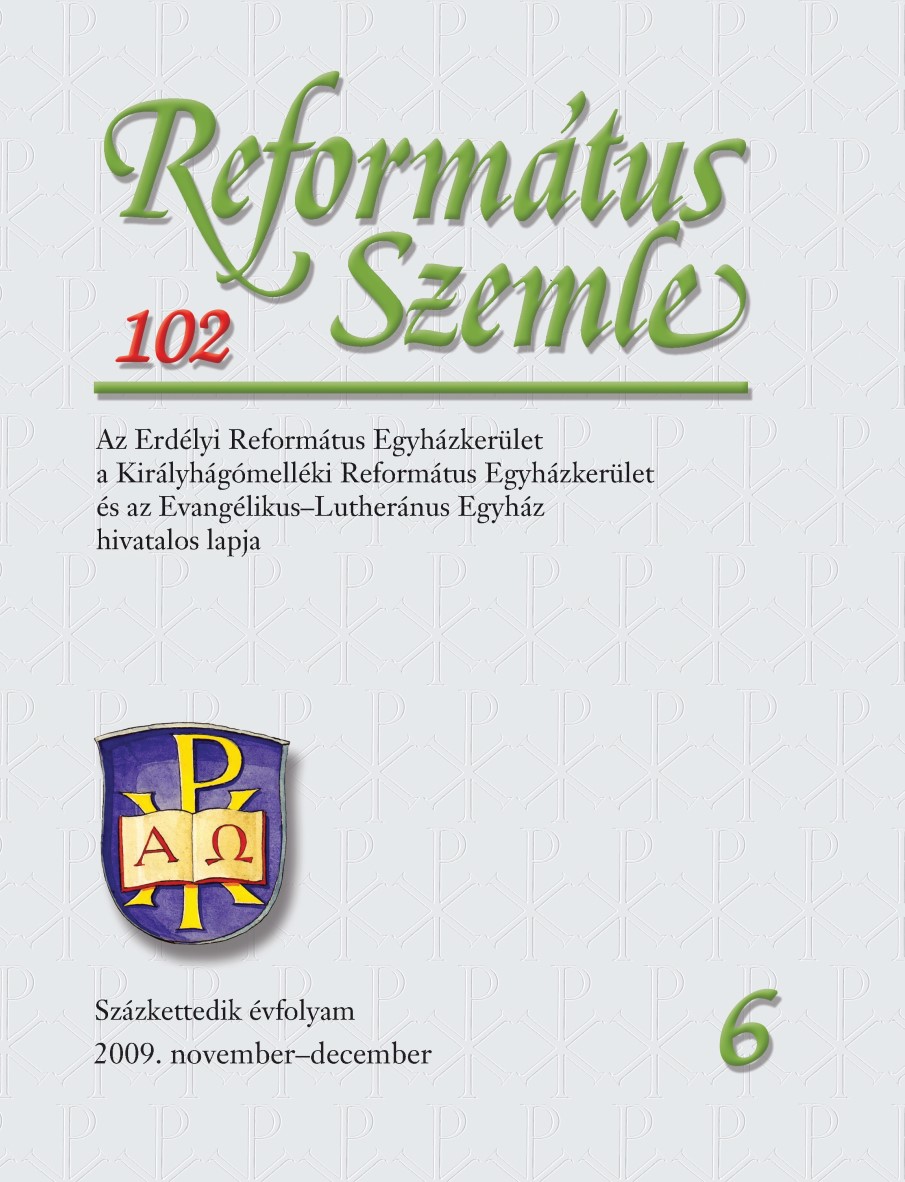Kísérlet a prédikáció nyitott műként való megalkotására
Attempting to Produce the Sermon as an Open Work of Art
Author(s): Zoltán Máthé-FarkasSubject(s): Christian Theology and Religion, Theology and Religion, Pastoral Theology
Published by: Erdélyi Református Egyházkerület
Keywords: sermon;rhetorics;discourse analysis;homiletics;
Summary/Abstract: The Scripture’s testimony offers God’s reality and thus He is communicated. This witnessing process is continued in the sermon of the Church. The contours of the reality of God’s world are shaped by the chosen rhetoric of witnesses. If we try to practice this testimony, it is useful to pay attention to the speaking and/or communication strategies of the text. The prophets’ and Jesus Christ’s preaching can be our paradigms for a sermon: they broke the conventional modes of speaking and thinking. Their metaphors and parables provoke us to think, so we are almost driven by the ‘pressure to substitute’, and perhaps we manage to accept things which had been refused before. This strategy we can find for example in Nathan’s parable told to David (2Samuel 12,1–7a), and in the Parable of the Good Samaritan (Luke 10,25–37): the king and the lawyer are pressured to accept the reality of God’s view, that which until then was uncomfortable for them. The sermon has to have a logic of movement easy to be followed. The best way for creating the meaning in the consciousness of a congregation is to form a narrative structure. According to David Buttrick, since we usually do not think in abstractions and categories but in narratives, somebody’s amnesia is finished when the ill person remembers the stories which have formed his life. As preachers, our duty is to create an openness for the sermon in order to allow the hearers to enter with their life-stories and images in the world shown by the words of Scripture. This openness could be created with the metaphorical use of language. This does not mean that a sermon should be filled with artistic quotations – it is rather a work of art in its own skillful shaping. Therefore, preaching is an art in the sense of performing arts: our contemporary understanding of the text has to be communicated with an artistic strategy of speaking. In this way the communication will happen on an aesthetic level of understanding – which is more direct and efficient than the rational one.
Journal: Református Szemle
- Issue Year: 102/2009
- Issue No: 1
- Page Range: 37-84
- Page Count: 48
- Language: Hungarian

